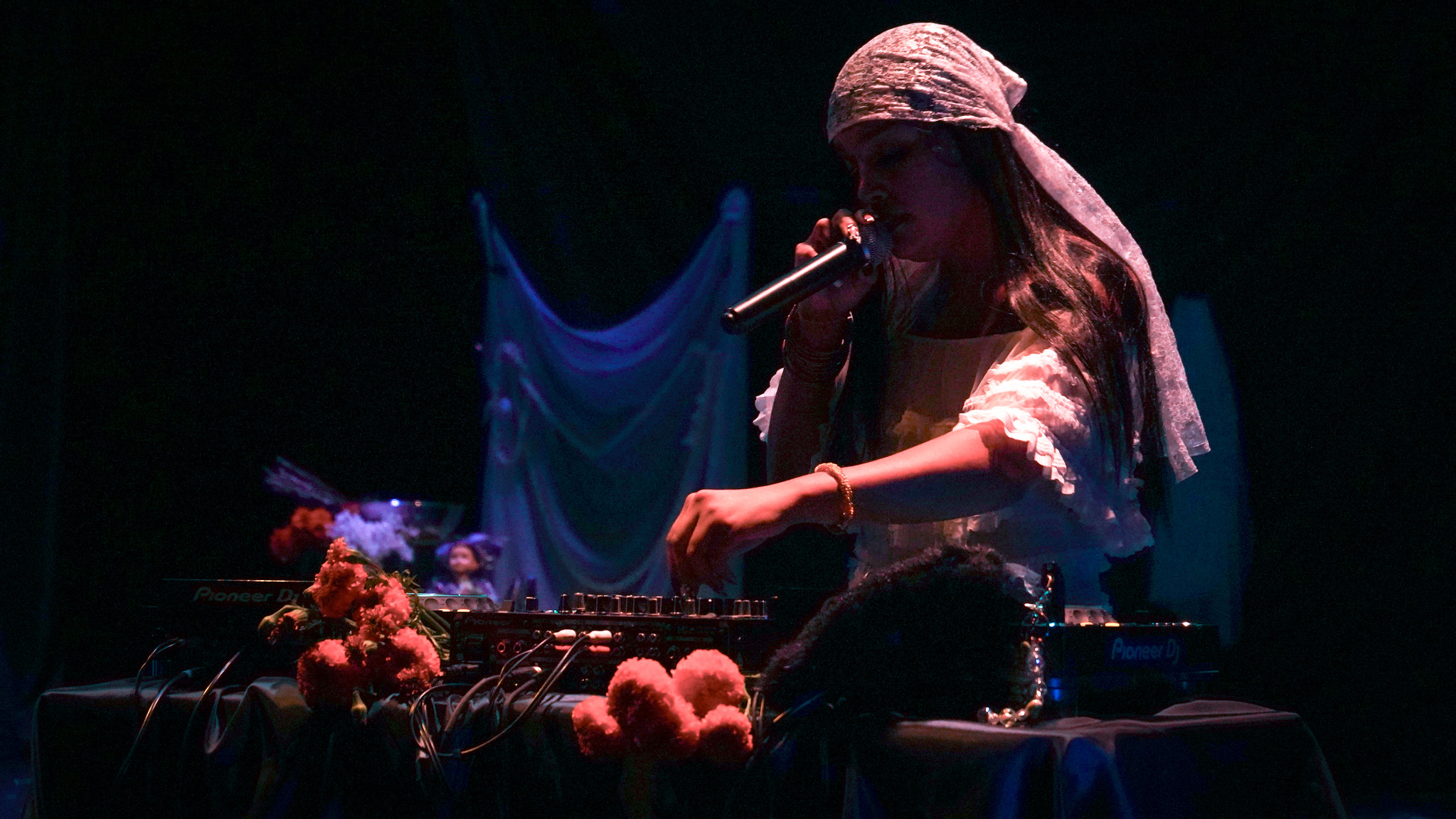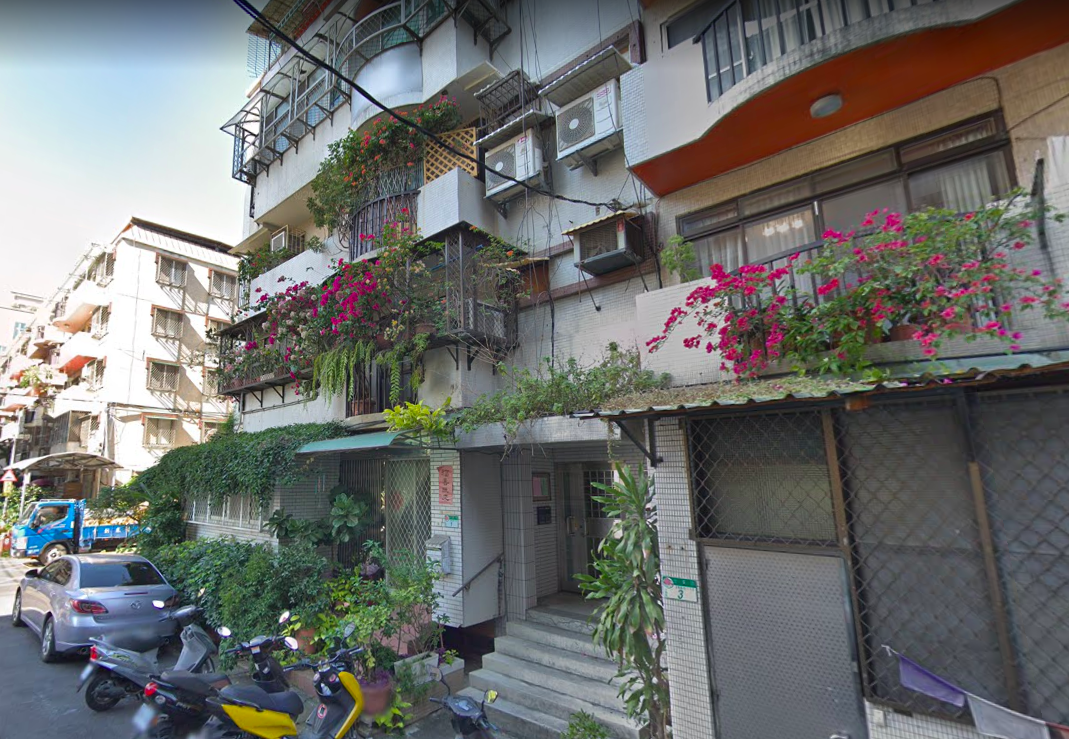The showings that Dandelion has been doing as part of our residency at CounterPULSE have taught me a lot. Here’s an incomplete list of insights, reminders, clarifying moments that I’ve gathered so far from the three monthly public showings of our Friend project:
1. Public showings are crucial to the development of the kind of experimental performance we create. They force us to get things together on a deadline, to try them out and then to retreat and re-tool. There are so many great ideas in experimental creation processes, but it takes showings to clarify which are the ones worth developing.
2. It helps my anxiety level to have other things being shown next to my work. I’ve loved sharing the showings with Kegan Marling as he develops his new work. It’s easy to feel very alone in the midst of the extreme vulnerability that arises when showing a piece in progress. Having someone else going through something similar at the same time makes it much more bearable. And it takes the attention off of me and my work long enough for me to re-ground myself.
3. My relationship to feedback is shifting. I’ve found at these showings that it’s been more difficult than usual to listen to a bunch of feedback about my work. I’m a big believer in getting outside feedback on what I create, and I’ve found it to be crucial for much of my art-making. However something is changing. Perhaps it’s the personally vulnerable material I’m investigating with Friend, or maybe it’s a new phase in my artistic development. I’m finding that a little bit of feedback is helpful, but that during the big public feedback sessions I easily lose touch with my creative center and get wrapped up in other people’s ideas, desires, aesthetics, etc.
I’ve been reflecting on the different needs we have as artists at different stages of our path. I find myself more and more drawn towards doing whatever I can to discover my deeper inner feedback–and doing whatever I can to not get hooked by other people’s views on my work. I feel that I’m on the verge of discovering some important new piece of my inner artistic truth and more than ever I don’t want to be swayed by things closer to the surface.
4. I was able to feel more clarity when I didn’t take notes at the last feedback session. Sometimes taking notes is helpful. But sometimes trying to write everything down keeps me in an analytical state. At the most recent showing I decided to try just letting feedback flow over me without trying to hold onto or remember any of it. I trusted that what was important would stick and the rest I could let go of. And then about an hour after the showing, I had many powerful insights about the piece and wrote them down then.
5. I have trouble setting boundaries when receiving feedback. I tend to think that it’s very important to hear whatever people have to say. I see so many works that I believe could have been made much stronger if the director/choreographer had listened to more honest feedback from colleagues. I fear that my work will suffer if I don’t let everyone tell me every single thing they want to in response to my piece.
In the feedback structure that CounterPULSE uses at these showings, there is a time when responders can say that they have an opinion about something, and ask me whether I want to hear it. And then I can say yes or no. But it turned out that most people would just say they had an opinion and then they’d roll right through saying it. I didn’t feel I had a choice.
But I do have a choice, and could have said I wasn’t interested in opinions. That would have been more honest. I knew that I could ask for the opinions of my close collaborators and trusted advisers later, but instead let the opinions of a large group of people keep coming until I was completely overwhelmed. And once I’m overwhelmed, there’s not much that gets through.
I want to work on noticing sooner when I’ve had enough feedback and letting people know that. Along with that I want to work on trusting the process enough to know that the piece will reveal itself to me even if I don’t hear what everyone has to say about it.
6. Showings seem to always fuel an explosion in my work, even when they’re uncomfortable. Sometimes these explosions turn everything upside down. And sometimes they gently peel away an unnecessary layer so that more of the work’s truth can come out.
Here’s some images from the rehearsal we had the day after our most recent showing. Ideas were flying and the ensemble was riding them beautifully. We created a new section that night in which I gave a series of action words and everyone made a phrase from those. We are playing here with unison movement that doesn’t necessarily look the same, but that has synchronicity in the energy patterns:
Share This!
More Good Stuff
Ātl Verde: "Ātl," the Nahuatl word for water, symbolizing the river flowing through my evolution—connecting past, present, and future. This piece reflects my journey as
Unsettled/Soiled Group is a group of East, Southeast, and South Asian diasporic movers, makers, and settlers on Ramaytush and Chochenyo Ohlone land. Unsettled/Soiled Group is led by June Yuen Ting, one of CounterPulse's 2022 ARC Performing Diaspora artists and will debut Dwelling for Unsettling alongside VERA!'s Try, Hye!, Thursday through Saturday, December 8-10 & 15-17, 2022
VERA! (they/them) is a queer Armenian American drag king, dancer, and community activist. They are one of CounterPulse's 2022 ARC Performing Diaspora artists and will debut Try, Hye! alongside Unsettled/Soiled Group's Dwelling for Unsettling, Thursday through Saturday, December 8-10 & 15-17, 2022



